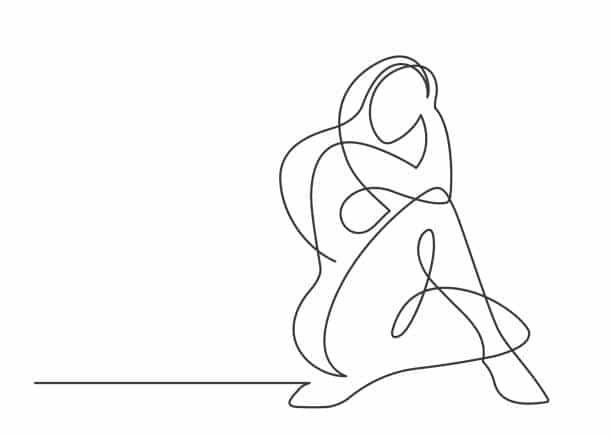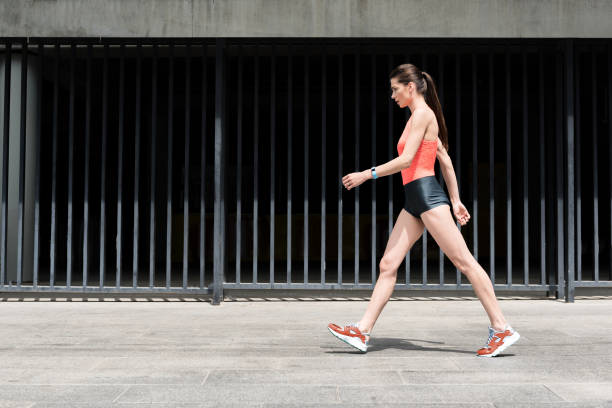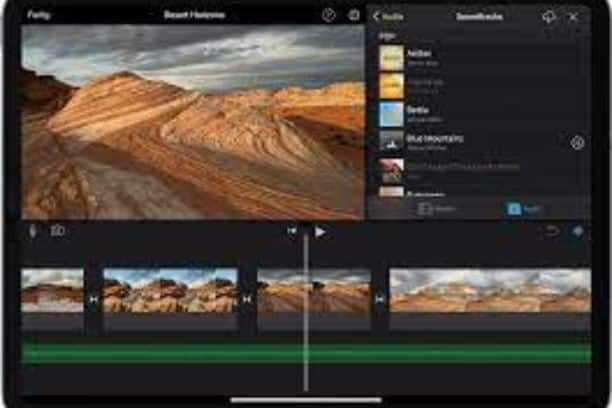Drawing the human body is a fundamental skill for any artist, whether you’re interested in creating realistic portraits, dynamic action scenes, or stylized illustrations.
Mastering the intricacies of human anatomy can open up a world of creative possibilities. In this article, I’ll show you how to draw bodies.
Table of contents
Read Also: How to Draw a Fairy Easy | Simple Guidelines to Initiate
What are some common mistakes to avoid when drawing bodies?
Neglecting proportions: The human body adheres to specific proportions that ensure anatomical accuracy. Ignoring these proportions can lead to awkward or unrealistic figures.
Overlooking muscles and bones: Understanding the underlying structure of the body is crucial for creating believable and dynamic poses. Familiarize yourself with the placement and function of major muscles and bones.
Disregarding foreshortening: Perspective plays a significant role in drawing bodies in different environments. Master the principles of foreshortening to accurately represent the effects of perspective on the human form.
Read ALSO: How to Draw a Pumpkin: Artistic Tips for Autumn Illustrations
What are some helpful resources for learning to draw bodies?
Anatomy books: Numerous anatomy books provide detailed information about human bones, muscles, and proportions. These resources serve as invaluable references for artists.
Anatomy drawing tutorials: Online tutorials and courses offer step-by-step guidance on drawing bodies, covering topics like proportions, gesture drawing, and specific body parts.
Live figure drawing classes: Attending live figure drawing sessions allows you to observe and practice drawing the human form from real-life models.
How can I incorporate more variety and expression into my body drawings?
Study diverse body types: Observe and draw people from different backgrounds, ages, and body types to expand your understanding of human diversity.
Experiment with different poses and expressions: Challenge yourself by drawing figures in various actions, emotions, and perspectives.
Seek inspiration from other artists. Explore the works of artists who excel at drawing bodies to gain insights into different techniques and styles.
Read ALSO: How to Change Apple Watch Band: Personalizing Your Device
How to Draw Bodies
Sure, here is a step-by-step guide on how to draw bodies:
Step 1: Gather Your Materials
Before you begin, gather the necessary materials for drawing bodies. This includes:
- Pencils: A variety of pencils, from soft (2B, 4B) for sketching to hard (HB, 2H) for outlines and details
- Eraser: A kneaded eraser to remove light marks without smudging and a vinyl eraser for heavier marks
- Drawing paper: Smooth, medium-weight drawing paper suitable for pencils
- Reference images: Photos or other artworks of human bodies for guidance and inspiration
Step 2: Understand Basic Human Proportions
Familiarize yourself with the basic proportions of the human body. The 8-head ratio is a common guideline for dividing the body into eight equal segments, starting from the top of the head to the bottom of the feet. This ratio provides a general framework for placing key anatomical features, such as the shoulders, elbows, wrists, hips, knees, and ankles.
Step 3: Practice Gesture Drawing
Gesture drawing is a quick and expressive technique that helps you capture the essence of movement and pose. Using loose, flowing lines, sketch the overall rhythm and flow of the human body. Focus on capturing the dynamic action and emotion rather than striving for anatomical perfection.
Step 4: Study Human Anatomy
Delve deeper into human anatomy to understand the underlying structure of the body. Familiarize yourself with the major bones, muscles, and joints. This knowledge will enable you to draw figures that are not only anatomically accurate but also convey a sense of weight, balance, and movement.
Step 5: Draw Simple Shapes
Break down the human form into basic shapes like circles, ovals, and cubes. This approach simplifies the complex structure and allows you to build a foundation for your drawing. Gradually refine the shapes to represent the contours of the body.
Step 6: Add Details Gradually
Once you have the basic shapes in place, start adding details gradually. Begin with major anatomical landmarks, such as the head, shoulders, elbows, wrists, hips, knees, and ankles. Then, refine the shapes to represent the muscles, joints, and other anatomical features.
Step 7: Consider Perspective
When drawing figures in different environments, take into account the effects of perspective. Perspective alters the apparent size and proportions of objects depending on their distance from the viewer. Foreshortening, the technique of depicting objects as shorter than they actually are due to perspective, is particularly important for drawing bodies in different poses.
Step 8: Practice Regularly
Drawing the human body is a continuous learning process that requires dedication and practice. Make it a habit to draw regularly, observing and sketching people from everyday life, using reference images, and practicing gesture drawing and anatomical studies.
Step 9: Seek Feedback and Inspiration
Share your work with others and seek constructive criticism from experienced artists. This feedback will help you identify areas for improvement and refine your techniques. Additionally, explore the works of artists who excel in drawing bodies to gain insights into different styles and approaches.
Step 10: Embrace the Journey
Drawing bodies is a challenging yet rewarding endeavor. Embrace the imperfections and learning process, and enjoy the satisfaction of creating realistic and expressive figures that bring your characters to life.
Frequently Asked Questions
While a background in traditional art can be beneficial, it is not strictly necessary for drawing bodies. With dedication and practice, you can develop the skills to draw the human form accurately and expressively, even if you are a beginner.
Start with simple shapes: Break down the human form into basic shapes like circles, ovals, and cubes to establish a foundation for your drawing.
Use references as inspiration: Refer to photos, sculptures, or other artworks to guide your imagination and refine your understanding of human anatomy.
Develop your own visual library: Sketch and observe people from everyday life to build your own repertoire of poses and expressions.
Conclusion
Mastering the art of drawing bodies opens up a world of creative possibilities, allowing you to breathe life into your characters and create captivating artwork.
By understanding human anatomy, practicing gesture drawing, and focusing on key body parts, you can develop the skills to accurately and expressively represent the human form.
Remember, practice is essential, and with dedication and perseverance, you can achieve mastery in drawing bodies.





